
Let Daisy Ridley guide you in your discovery of the Chauvet Cave, a Unesco World Heritage Site, considered one the greatest scientific breakthroughs of the 20th century. The Dawn of Art is not just a tour, but a storytelling experience, sparking emotions, and totally immersing you in the past, mirroring the way the First Men were immersed in their painted caves.
From the product description
The Chauvet Cave, sometimes known as the Sistine Chapel of cave art, is a record of early humans’ artistic expression from 36,000 years ago. Today we can still see the remains of their efforts immortalized on the cave walls. In addition to some pretty amazing animal drawings, there are prints made by pressing their hands into pigment then against the wall. The intimacy of the experience is like nothing else. It’s one thing to see their early drawings, but the handprints are like ancient echoes still reverberating through the passages. They’ve left their indelible mark in the most personal way possible.
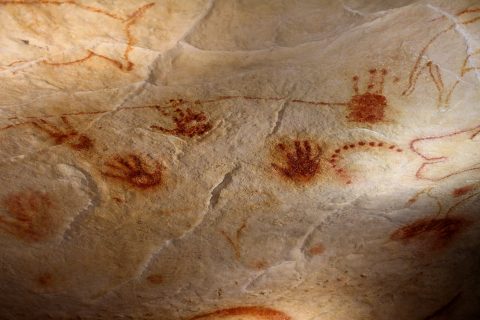
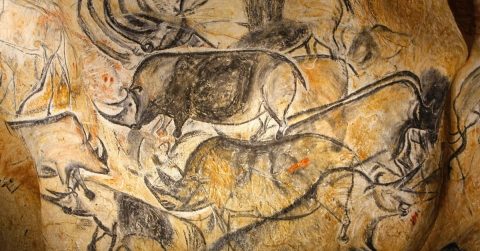
About the Experience
The experience is comprised of two parts. There’s a 10-minute immersive video, and a guided tour mode. The video is decent. It’s narrated by Daisy Ridley of Star Wars fame. It’s a little more poetic than informative, but it’s still enjoyable enough. Instead of a two-dimensional movie, this experience starts outside of the cave where you watch figures around a fire who eventually make their way to the cave. It focuses on seeing the animals in the arrangement of sparks from the fire and stars in the sky, then scraping the limestone of the cave to reveal the shapes within. I like the idea of presenting a video with you as the central character.
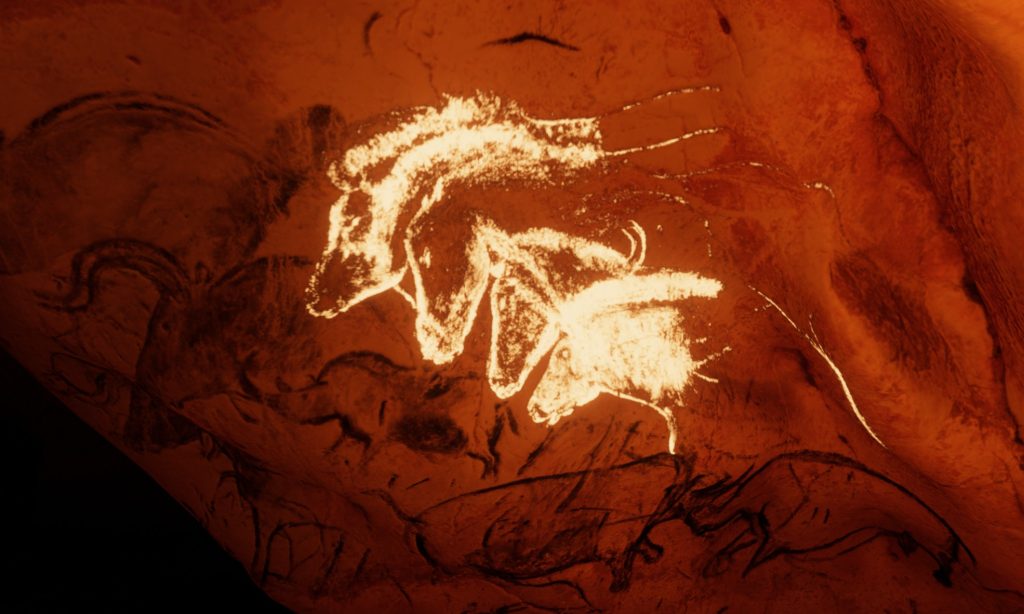
Once you’ve completed the video, you go back to the menu where you can choose the tour. Inside the cave, you are directed toward the drawings on the walls and ceilings so you can see everything. A different narrator speaks about each major drawing area. You can stand in each spot and just take it in, then you click to move to the next area, designated by a glowing circle on the floor. Unfortunately, you can’t just walk around the cave. After you move around the 8 or so points, you are returned to the menu. Each point provides a good point of view, but I wish it wasn’t so restrictive. It’s fascinating how the very curves of the cave walls even play into the art. The layering of animals lends depth to the images, and the poses evoke motion. It really is impressive.
The Chauvet Cave isn’t accessible to the public due to the number of people who would come, and the fate of similar caves that didn’t restrict tourism more. If you are ever in France, you can go to a nearby replica cave, creatively called Chauvet Cave 2, that is built full-scale with reproductions of the artwork so you can feel like you’re really there. Note that the outside looks like a Soviet era bunker, but inside is apparently a very good cave interior.
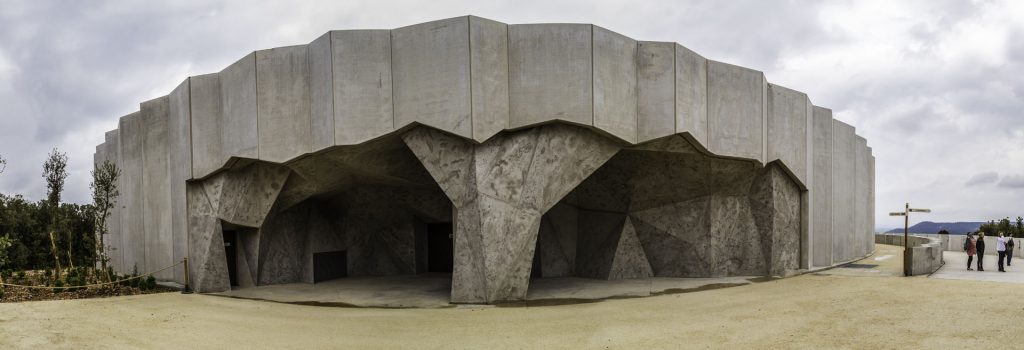
Graphics
An experience about artwork isn’t going to be very good if the visuals aren’t clear enough. Thankfully, the photo capture is high-quality. Light plays off your torch, and shadows from the uneven surfaces provide you with a realistic feeling. I know I would want to reach out and feel them if given the chance, which is why it’s a good thing the real one is closed off. VR doesn’t have a satisfying touch component, but you can get as close as you want without your very breath damaging the images.
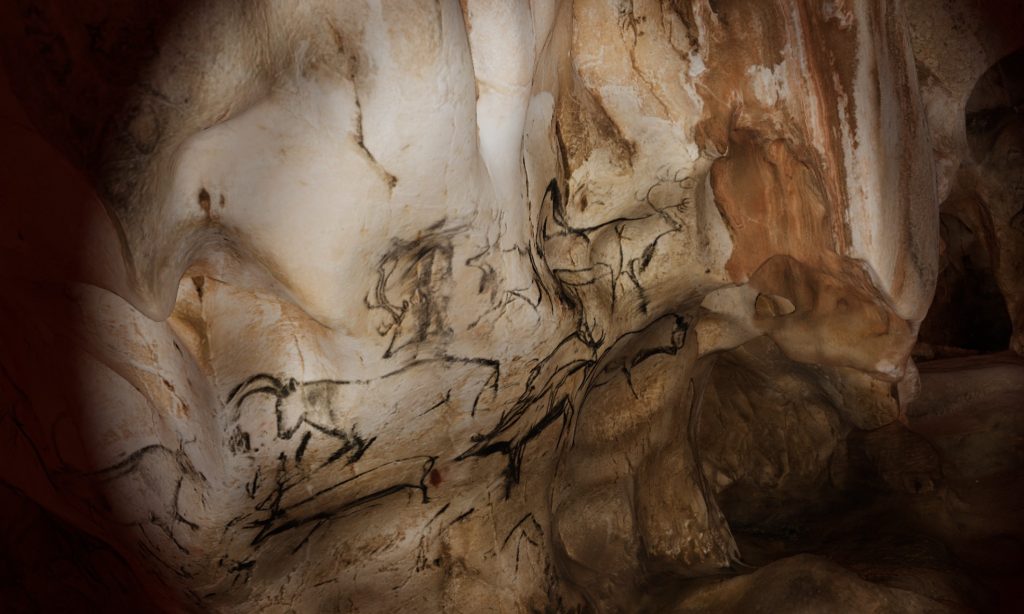
Interactivity
It’s not really an interactive experience. Other than holding your torch at different angles to see how things look, it’s designed for the eyes. They could have added some additional elements from the early humans, but it just wouldn’t be very relevant. The only thing that might have made sense would be to provide some sort of brush and pigments as archaeologists believe would have been used so you could add images to a separate wall.
Information
The immersive video provides some light narrative about the early peoples but isn’t really a source of information. In the guided tour mode, each spot that you can jump to has spoken narration that calls out specific features and provide some additional details. This is good information, and it adds value.
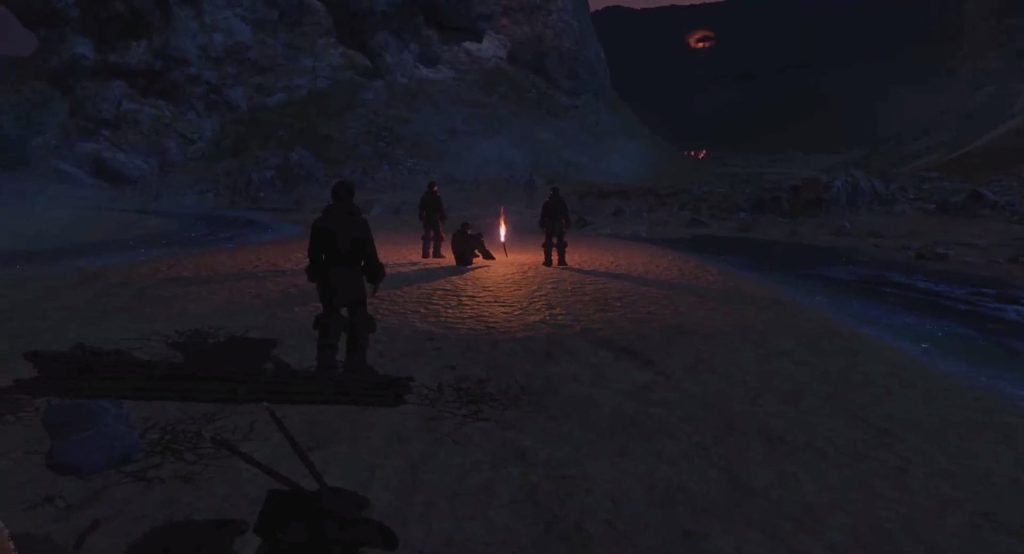
Summary
I definitely recommend The Dawn of Art. For one thing, it’s free, but even if it cost a few dollars, it would be worth it. Prior to this, I had only seen still images of the drawings. It’s so much better being able to stand right next to it and feel surrounded. Even more than the remains of ancient buildings, this artwork flowed from the hands of fellow humans in a very personal way. Being able to connect to our shared past this way can serve to remind us of our connections to humanity in general.
Pros
- Fascinating location
- Great image quality
- Well-done documentary immersive video
Cons
- Lack of freedom in the cave
This experience was put together as a partnership of the conservators of the cave, various European agencies, and Google Arts and Culture through their Meet Our Ancestors project.

